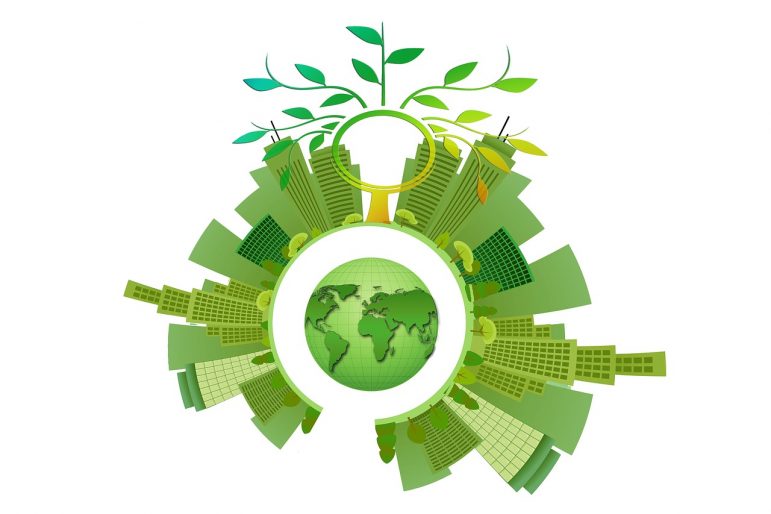March 21, 2022, is International Day of Forests, which encourages everyone to engage in sustainable activities that help the health of forests.
While that is just one day, its core message is one that should be recognized every day of the year.
Sustainability and environmental consciousness have become key objectives and performance indicators for companies in all industries in recent years, and that is certainly no different for facility management.
There are numerous ways to reduce a facility’s negative impact on the environment, and focusing on washrooms is one of them. Whether it’s limiting water use, reducing wasted resources, or focusing on increased use of recyclable products,
“Forests are a vital aspect of our ecosystem and must be protected,” said Fabio Vitali, Vice President of Marketing at Sofidel, a global provider of paper for hygienic and domestic use. “By following best practices for sustainable cleaning and using restroom products that limit waste, organizations can help limit their impact on the environment.”
Sofidel is just one of a number of cleaning product suppliers that are leading the way in sustainability. Recently, it was recognized in the Leadership band of the CDP Supplier Engagement Rating Report 2021 for its supplier engagement in the fight against climate change. It is also one of the first companies to participate in the “Forests Forward” initiative by WWF to consolidate the timber procurement policy.
Here, Vitali shares four tips for operating a more sustainable washroom:
- Consider adding automatic dispensers. Some automatic dispensers are specially designed to help facilities save costs and reduce waste by curbing the amount of paper towel that washroom guests use. The dispensers accomplish this by allowing facility managers to customize the length of towels.
- Choose restroom products made from renewable sources and/or recycled materials. Using recycled plastics, rather than producing new plastic materials, significantly minimizes greenhouse gas emissions. There are washroom products made from plastic waste that are also incredibly durable, like paper towel and toilet paper dispensers.
- Limit water consumption. Choose toilets that help minimize water waste during the flushing process. Options include dual-flush toilets, like WaterSense toilets that meet Environmental Protection Agency (EPA) certifications and low-flow toilets.
- Use sustainable products. There are several third-party certification groups, including Green Seal, that objectively evaluate products to ensure they have been sustainably produced. Using certified products can help businesses reduce CO2 emissions, volatile organic compound (VOC) pollution, and organochloride pollution.









